Easy Ghormeh Sabzi Recipe (Persian Stew)
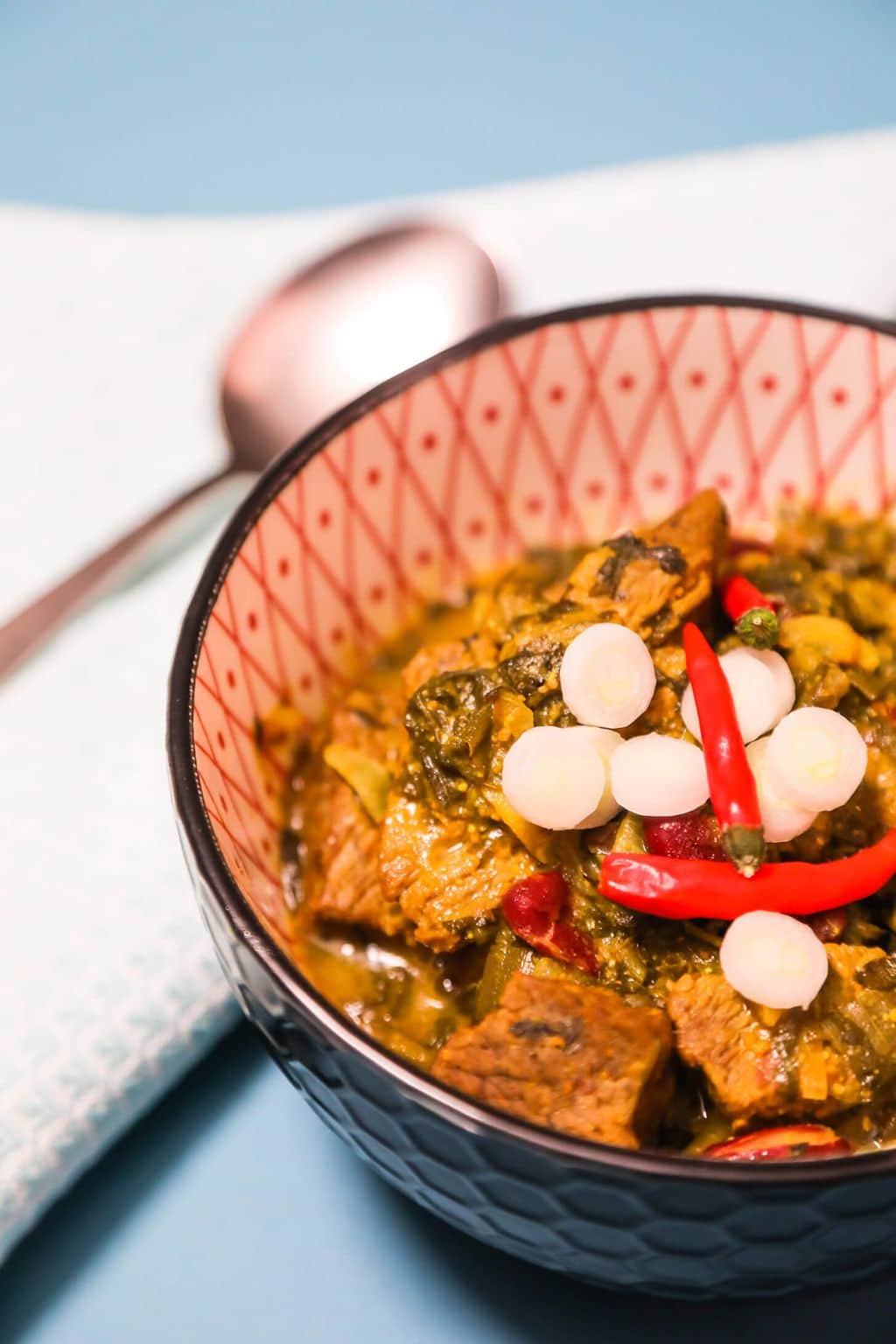
When I need warming up on those cold, wet or snowy days, Ghormeh Sabzi comes to mind immediately.
This lovely Persian stew with a real unique flavor has become one of my winter favorites.
This national dish of Iran includes several fresh herbs which gives it a fragrant, and unusually good flavor that combines very well with the stewed meat.
Ghormeh Sabzi literally translates to fried herbs which is the integral part of this dish that has been around for hundreds of years.
I love the combination of flavors in this recipe that includes red kidney beans, chopped herbs, finely chopped green onions, and dried fenugreek leaves if you can get them.
Mistakenly, Arab and Persian food are often thought to be one and the same, but they are in fact very distinctive from one another.
Iran is not part of the Arab world, having their own language, and coming from an ancient civilization.
Persian food tends to be based on herbs and vegetables, whereas Arab food tends to be a little bit more meat heavy.
The way food looks is important when it comes to the presentation aspect.
And this dish does not let you down in the aesthetic department.
With its signature dark green color, interspersed with meaty goodness, and red kidney beans, this stew is lovely to look at, as well as to eat.
I had so much fun making this dish and it was a huge hit with my family.
I’ll be experimenting more with Persian food in the future if it all tastes as good as this!
What is Ghormeh Sabzi?
This hearty and satisfying stew has been around for generations, and is a gluten free Persian food that is the national dish of Iran.
Persian cuisine is a real delight.
It’s made from a combination of fried herbs, beans and meat.
Traditionally the spicing comes mainly from fenugreek, and the dried black limes.
These limes are dried for weeks under the sun, and originated from Oman.
The black limes are used as a souring agent for various foods in the countries surrounding the Persian Gulf.
They are very unique to the area.
In cases the dried limes are not available to you then lemon juice or lime juice can be used instead.
How to Make Ghormeh Sabzi
Ghormeh Sabzi is a relatively easy, yet delicious dish to make.
First, you’re going to start with the herb base.
Start by chopping the parsley, cilantro, mint and the green part of spring onions.
Remove this from the pan and set aside for later.
In the same pan, brown your choice of stew meat until all sides are seared.
Remove this and set aside.
Next, fry the white onion until tender and translucent.
Then add the chopped herbs to the pan and fry in oil until crispy.
This should take about 15 minutes.
Add canned or cooked red kidney beans and the spices over a medium heat.
Now reduce the heat, add in your seared meat and slow cook on a low heat until the meat is tender.
Add water as needed making sure there is enough liquid in the dish for it to maintain a stew consistency.
My recommendation would be to pour in enough water to cover your meat.
Thick stew, not watery is what you are going for.
And it’s as simple as that!
It’s quite an easy recipe yet the complex flavors of the herbs and spices mean it has a real impact on your taste buds.
Tips for Making This Dish
The main thing with this dish is that it is a stew, so you don’t want it to be too soupy and you don’t want to cook on high heat.
The slower the better.
Also it is much tastier when the meat is nice and tender.
This can be achieved by cooking it slowly on low heat.
Make sure the meat is a nice golden brown color before you add it to the stew for a nicer look.
I like to use canned kidney beans, and I add them towards the end of the cooking time.
It is best to use fresh herbs and not dried ones.
The flavor is so much more impactful with fresh herbs.
Add the limes or the juice when you add the beans.
This stops the flavor of the limes or juice from cooking off too much.
Don’t add too much fenugreek as this can make the dish a little bitter.
Be sure to season with salt and pepper to taste.
If you can make this the day before and let it sit overnight you won’t be disappointed with the extra flavor the dish will have.
Dishes like stews and curries taste so much better the next day!
Ghormeh Sabzi Ingredients
The most unusual ingredients in this dish are the fenugreek, and the dried black limes, along with the fragrant flavor combination of the herbs.
The leaves of the fenugreek plant are used in cooking, either fresh or dried, as well as the ground dried seeds.
Fenugreek was first cultivated in what is today the Middle East, and has many health properties.
Fenugreek has a slightly nutty, sweet taste, like a cross between maple syrup and celery.
If too much is used it can turn bitter.
Black limes, also known as Loomi, are made by blanching the limes in salt water, and then dried in the sun until they dry out and become hard.
These are then either ground or used whole in cooking for a tangy flavor.
This method of drying originated in Oman and is used in the cuisines of the Gulf.
The flavor is quite pungent, with a strong tangy, sour, citrusy flavor, with a bit of a fermented taste.
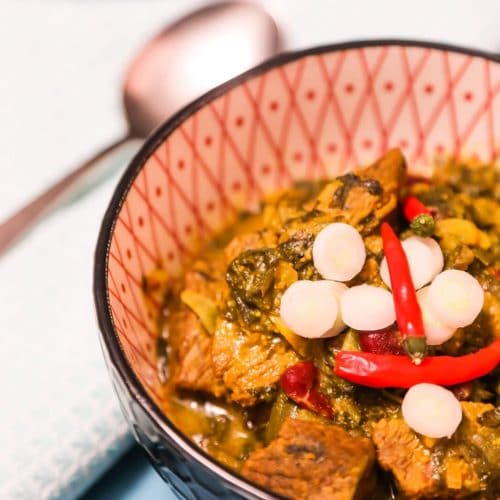
Ghormeh Sabzi Recipe
Ingredients
- 1 lb Beef or Lamb stew chunks
- 1 cup Red Kidney Beans cooked
- 1 Onion small, chopped
- 1 cup Parsley fresh, chopped
- 1 cup Cilantro fresh, chopped
- 1 cup Green Onions green part of stem, sliced
- ½ cup Mint fresh, chopped
- 4 tbsp Lemon Juice
- ¾ tbsp Turmeric
- 1½ tsp Fenugreek ground
- 1 tsp Salt
- 6 tbsp Vegetable Oil
Instructions
- Brown the meat in 2 tablespoons of vegetable oil, set aside.
- Fry the chopped onion in the same pan with the leftover pan. Once the onion has softened add the rest of the oil.
- Add the chopped herbs along with the chopped green onion. Fry until somewhat crispy.
- Add the beans, meat, lemon juice, salt and spices.
- Add hot water until the meat is just covered.
- Cook over low heat for two hours until the meat is soft.
- Continue to add water as needed to keep a stew consistency. And stir regularly.

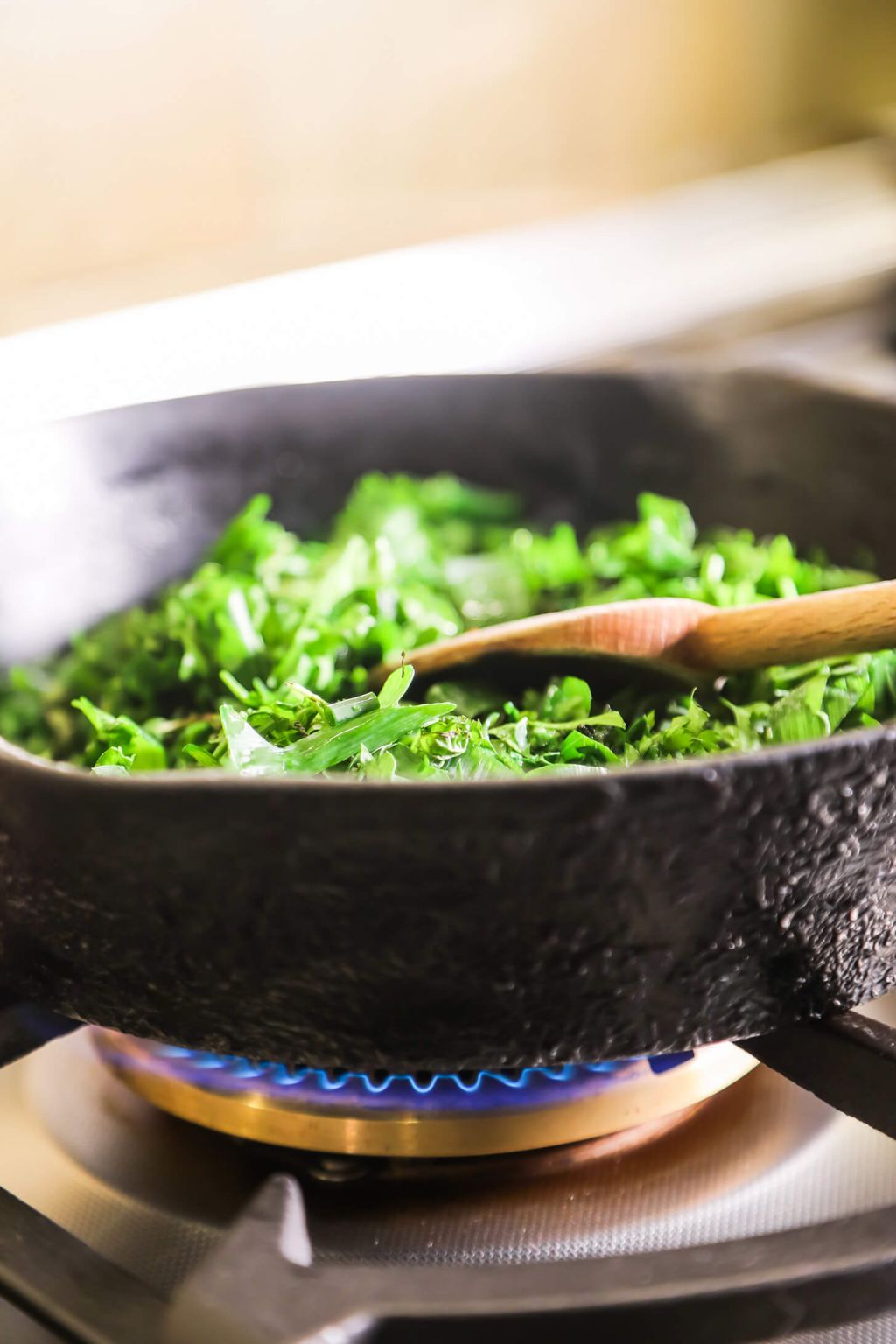

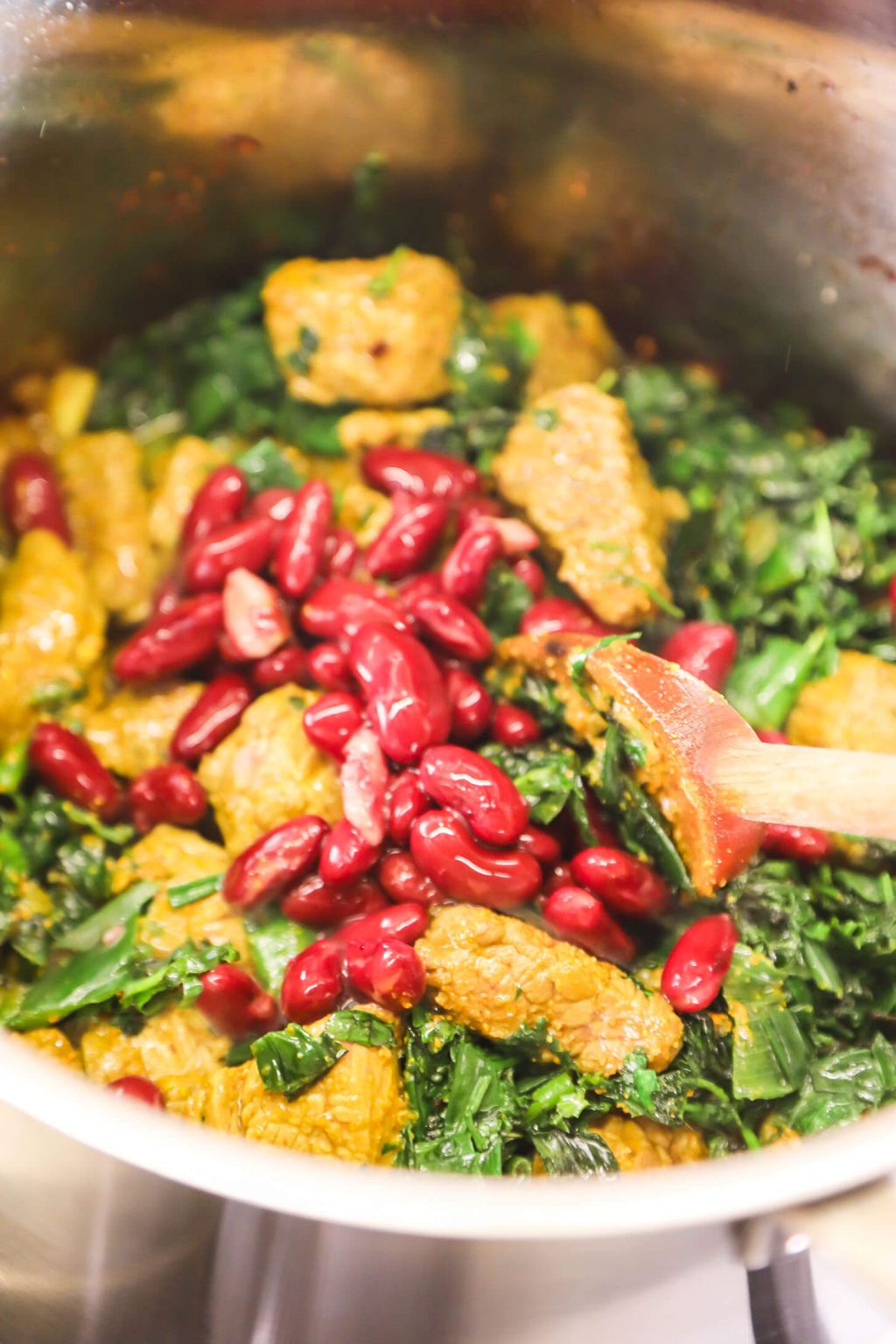
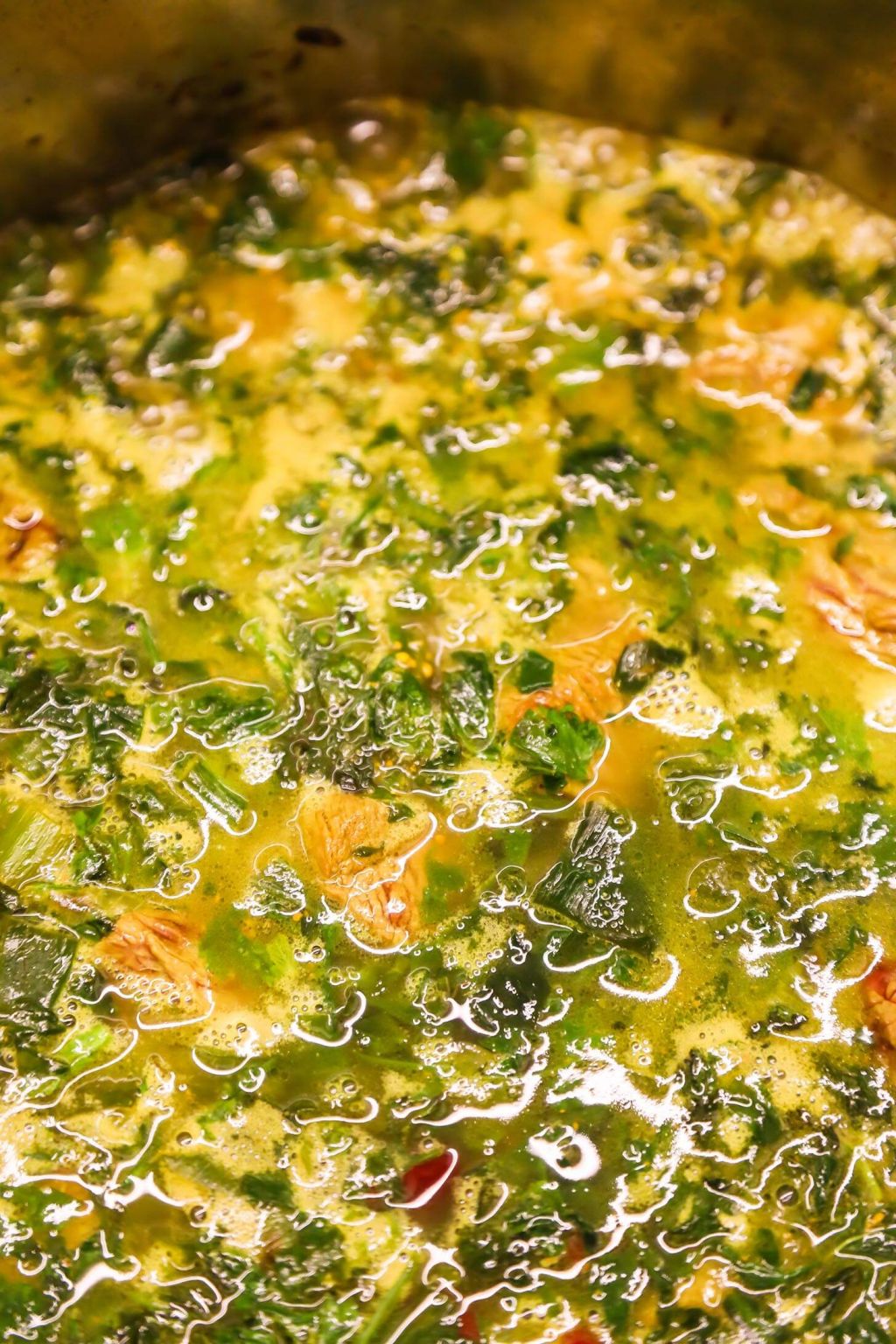

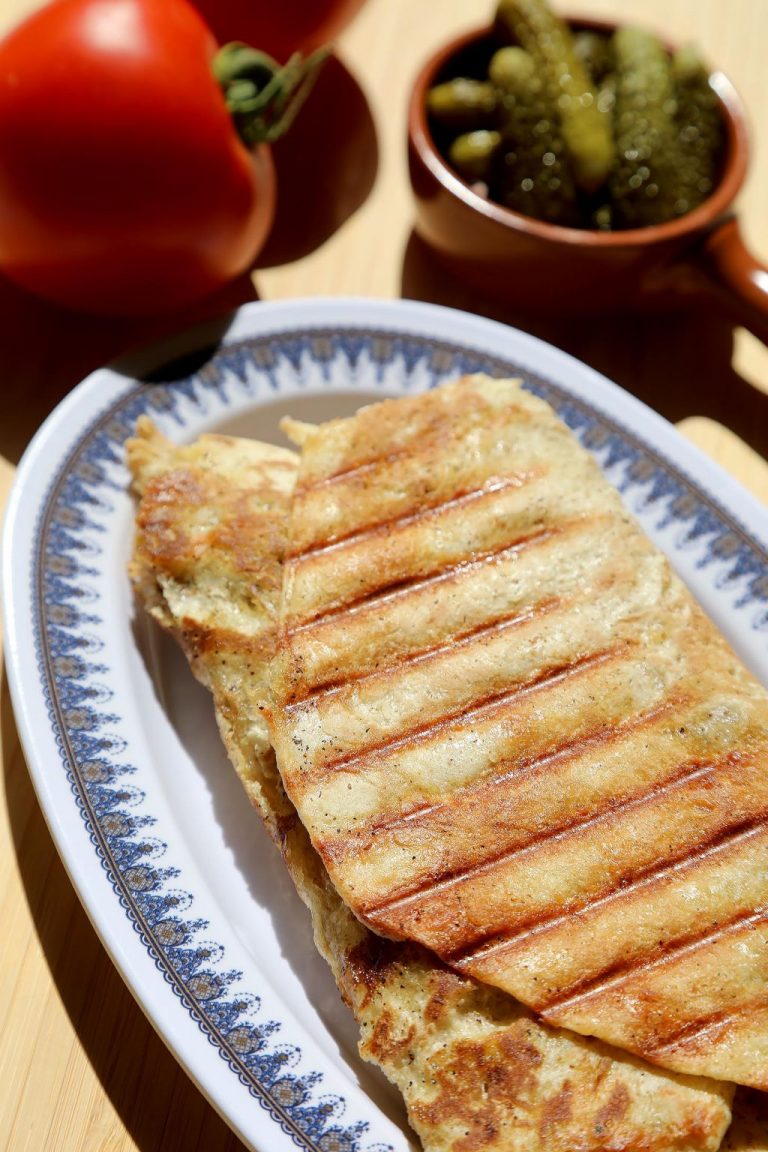
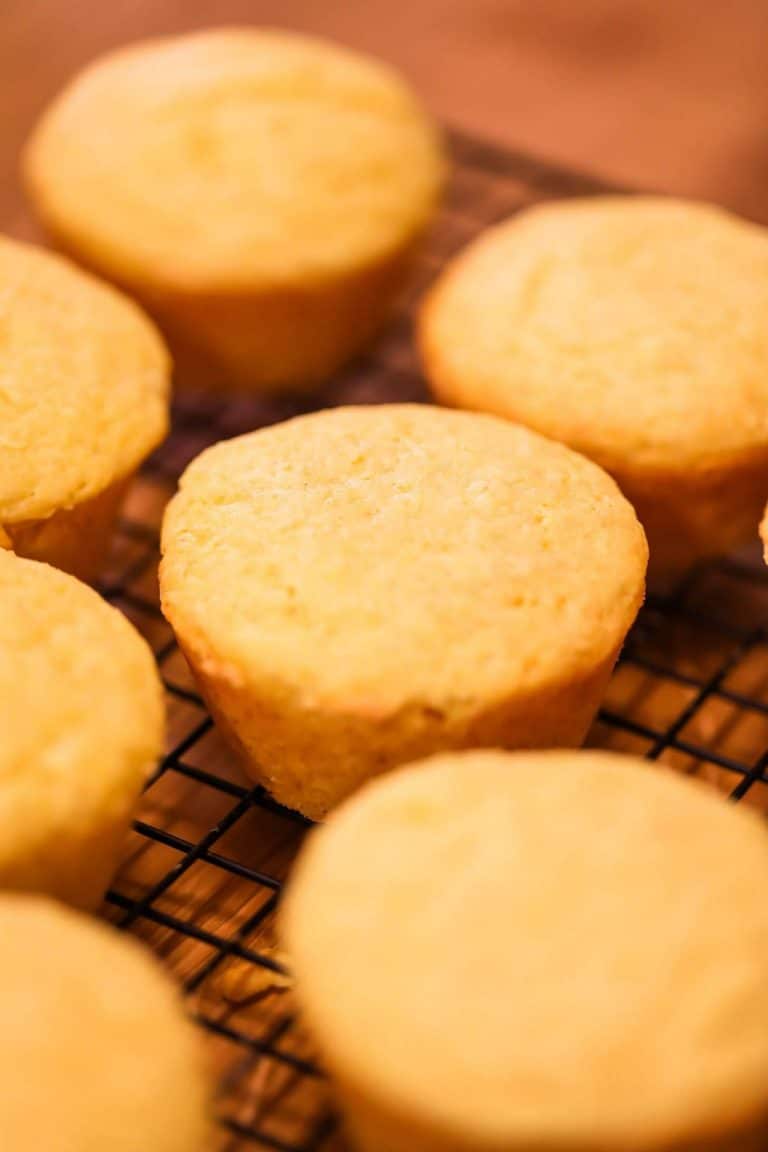
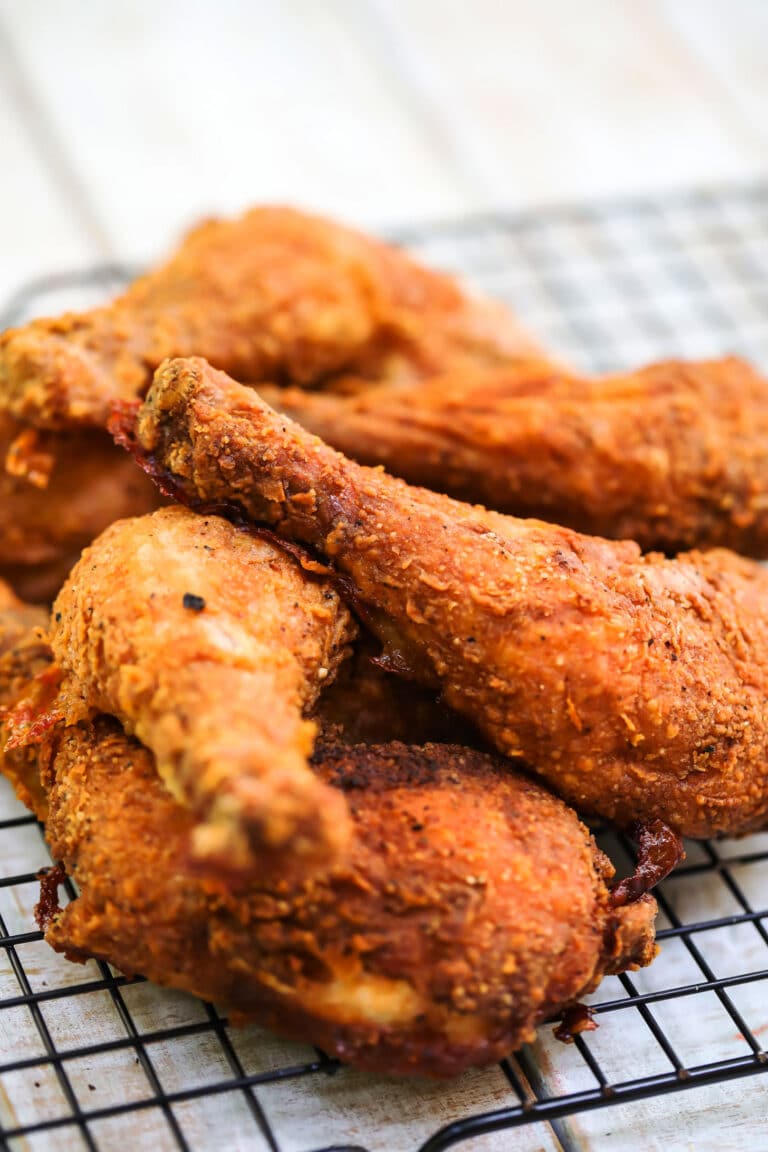
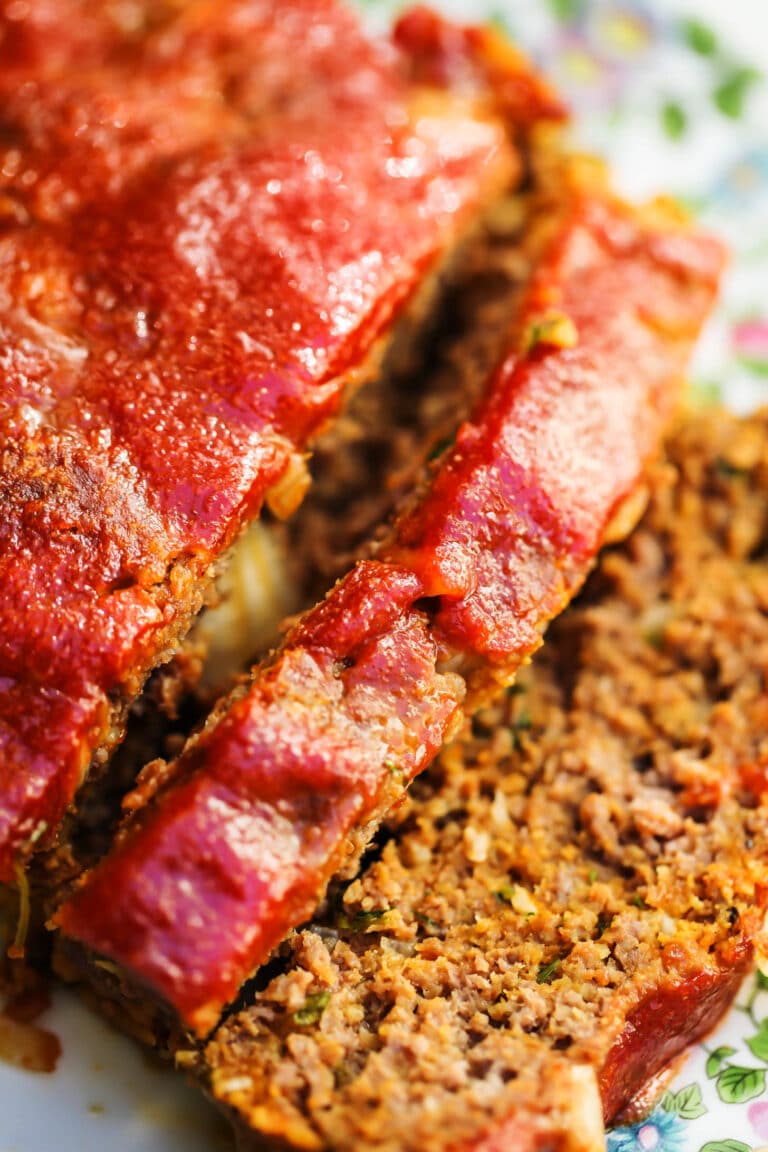
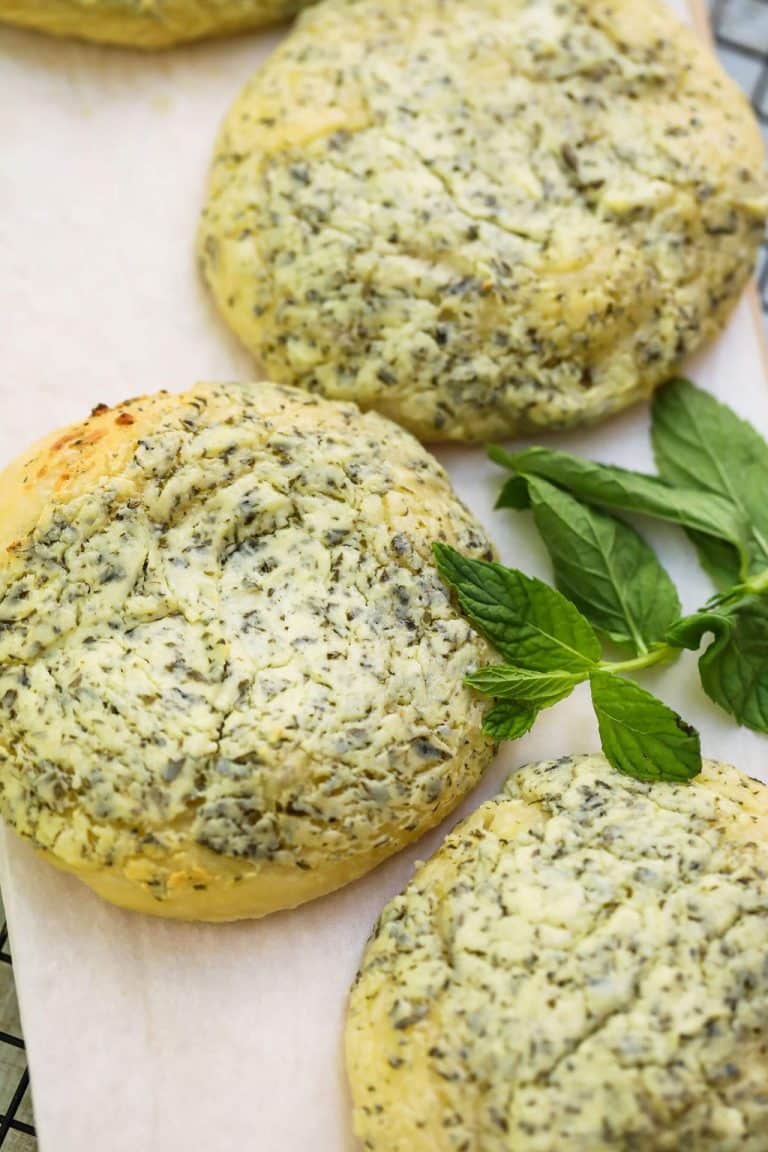
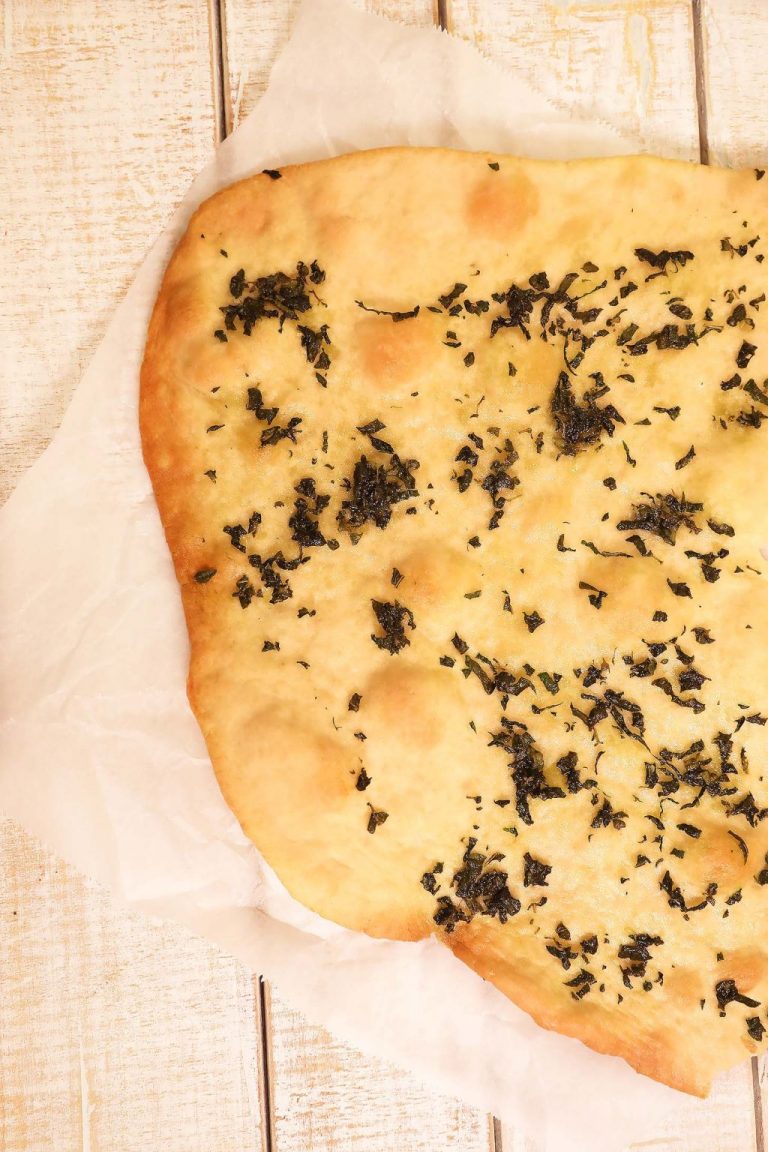
How much loomi should we use? I am happy that we can find both dark and light loomi here in Jordan. I love the flavor it gives! Should we serve this with burnt rice on the side?
You can add 4 whole dried limes. Cook them in with the dish and remove them once you’re finished cooking. If you use dried limes, substitute them for the lemon juice in this recipe. Burnt rice is a good accompanying dish!
Thank you! Cooking this tomorrow!
Thank you for explaining that Persians and Arabs have completely different cuisines, cultures, languages and peoples, hence why lumping all of the cuisines of North Africa, the Levant, the Arabian peninsula and Western Asia as this vague term known as “Middle Eastern” is a complete farce.
Persian cuisine is Iranian cuisine. It’s closer to the cuisines of Central Asia and the Caucasus than for example Lebanon or Egypt.
Thanks for your thoughtful message! It’s always disappointing when people lump together languages, cuisines, traditions etc. As opposed to taking the time to learn about each one.
Instead of cooking for two hours on the stove, would this also work in a slow cooker for two hours?
Thanks for your question. I would cook it for four hours on high in a slow cooker. I hope that helps.
I am just beginning to cook persian recipes, I do have a question about this dish. Would it be correct to serve it with rice or could I also serve it with noodles? If so what noodles would you recommend as the correct noodle?
Thank you for your message! I love this dish! Traditionally this would be eaten with rice, but using noodles would also be a great option in my opinion. Personally I would go with udon noodles, which I think would stand up to the robust nature of this dish. Let me know how it goes!